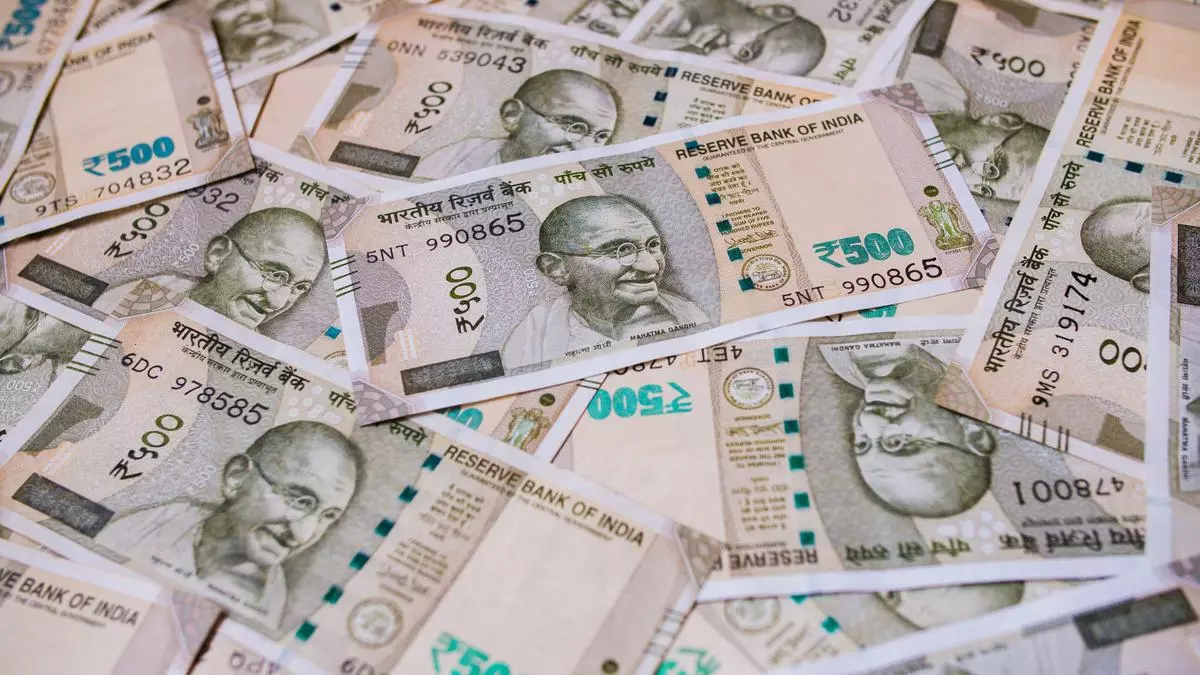Counterfeit notes of ₹500 denomination rose 14% in FY23: RBI report
Counterfeit ₹ 500 notes detected in the banking system increased by 14.4 percent in FY23, while ₹ 20 notes saw an increase of 8.4 percent, the RBI said in its annual report for 2022-23.
Of the total counterfeit banknotes detected, 4.6 per cent were detected in the Reserve Bank of India and 95.4 per cent in other banks.
Counterfeit 10 ₹ notes fell by 11.6 per cent, 100 rupees down 14.7 per cent and ₹ 2,000 notes down 27.9 per cent.
In terms of value, the share of ₹500 and ₹2000 notes rose to 87.9 percent of the total value of banknotes in circulation as of March 31, from 87.1 percent a year earlier. In terms of volume, the 500-rupee note was the highest at 37.9 per cent, followed by the 10-rupee note at 19.2 per cent.
Disposal of dirty banknotes increased by 22.1% to ₹2,293 crores in the year compared to ₹1,878 crores in FY22. Total expenditure incurred on printing of notes was ₹4,683 crores as against ₹4,985 crores Rs in the previous year.
-
Also read:Who transferred my note of Rs 2,000?
fraud system
The Reserve Bank of India said that while private banks reported the maximum number of frauds in FY23, public sector banks contributed more to the amount of fraud.
By number, frauds in digital payments – including cards and internet – were highest, while by value frauds were highest in loan portfolios.
“Small card/internet frauds contributed to the maximum number of frauds reported by private sector banks, and frauds in public sector banks were mainly in the loan portfolio,” the report stated.
Industry players said that fraud reporting has increased in recent years due to education by the Reserve Bank of India, banks and payment system operators on fraud reporting and alert mechanisms.
-
Also read: GST: How to find a fake GST invoice?
Overall, total reported fraud in FY23 decreased 49 percent year-over-year, before fraud decreased 55 percent in FY22.
The Reserve Bank of India (RBI) said there was still a big gap between when the fraud occurred and when it was discovered. As a result, frauds that occurred in previous fiscal years accounted for 95 percent of the total value of frauds in FY23 and 94 percent in FY22.
“Maximum amount of digital transaction fraud has been conducted through various payment methods and channels. Internet preference for large transaction volumes continues to grow, but some online payments do not meet security standards,” said Rahul Jain, CFO, NTT DATA Payment Services India. , which poses potential risks to customers.
Moreover, digital payment methods are more likely to be targeted by fraudsters through phishing and phishing methods, while unmanned ATMs are more prone to slander and other malicious activities.
